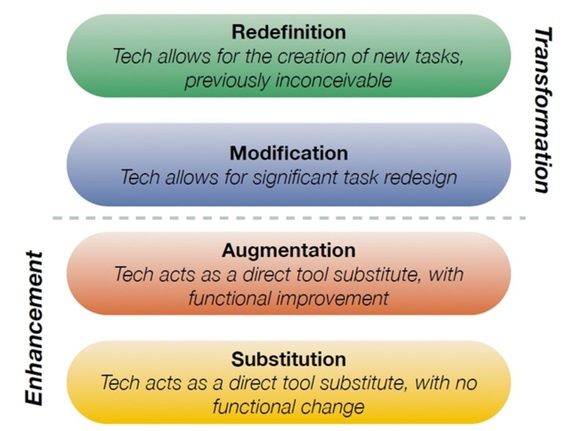Digital Learning Frameworks and Models
Models, standards, and frameworks can provide a research base for your digital-age learning program. There are many different versions of frameworks for instruction, and only a few are listed on this page. While this page will review several different models, it’s counterproductive to try to adopt all of these into an environment. Typically, a digital-age learning plan will choose one framework to adopt for their district, or they will pick pieces of them that align to their vision.
Personalized Learning
Personalized learning is an approach to learning that aims to customize learning for each students strengths, needs, skills, and interests. This typically involves the use of competency-based progressions, learner profiles, and flexible learning environments. Digital Promise’s Learner Variability Project is a web-app with customized lessons to support the development of personalized learning pathways in reading and math.
In North Carolina, Personalized Learning includes four areas as a part of our statewide ESSA plan: learner profiles, individual learning paths, competency based progression, and flexible learning environments:
 Source: NC Department of Public Instruction
Source: NC Department of Public Instruction
NC DPI has created a Personalized Learning Matrix worksheet and exploration guides for schools to better understand personalized learning.
Charlotte-Mecklenburg schools has also developed a personalized learning model and has made their playbook available for others to reference and use.
Digital-Learning Standards
Standards define what it is that a student or teacher is expected to know and do in certain domains.
The ISTE Standards for students are the most commonly used student standards, and many states adopt them for their digital literacy curriculum. The standards were once primarily technology-based and have since shifted to focus more on how students are leveraging technology. There are also standards for teachers, standards for administrators, standards for ITFs and coaches, and standards for computer science teachers and for computational thinking. Adoption of the ISTE standards by states has waned in the past few years, as states and vendors now need to pay to align to the standards. However, North Carolina will be adopting the ISTE standards for students as-is, effective with the 2020-2021 school year.
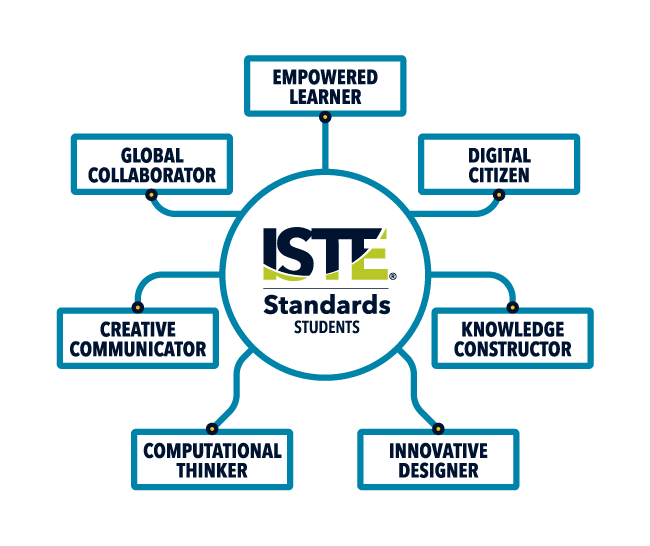
North Carolina has established digital learning competencies for teachers and for administrators as well as standards and evaluation criteria for ITFs. In 2022-2023, these competencies were replaced with the ISTE standards for teachers for greater alignment to national standards and to reflect the statewide partnership with ISTE.
Technology Integration Matrix
The Technology Integration Matrix was developed by the University of South Florida and provides a framework for the use of technology to address learning across five domains: active engagement, collaboration, knowledge construction, authentic learning, and goal-directed learning. The Matrix is particularly useful to teachers as each cell in the Matrix has example indicators, lesson plans, and videos. The TIM site also has rich supporting resources, including coaching tools and surveys.
![]()
Triple-E Framework
The Triple-E framework was developed in 2011 by Liz Kolb at the University of Michigan, and was designed for evaluating the effective use of technology in instructional practice. Unlike the SAMR model described below, Triple-E framework has research validation behind it. Also unlike many other frameworks described below (TPaCK, SAMR, etc.), Triple-E doesn’t ascribe “quality” measures to the integration of technology, but rather describes the “bestness of fit” between the learning goal and the tool being used. This is a way to help teachers identify that they are using the “right” tool for the job. Review the Triple-E Rubric for Teachers
Other Frameworks
The Buck Institute (now PBLWorks) has created a framework for “Gold Standard Project Based Learning”, including a challenging problem or question, sustained inquiry, authenticity, student voice and choice, reflection, critique and revision, and a public product.
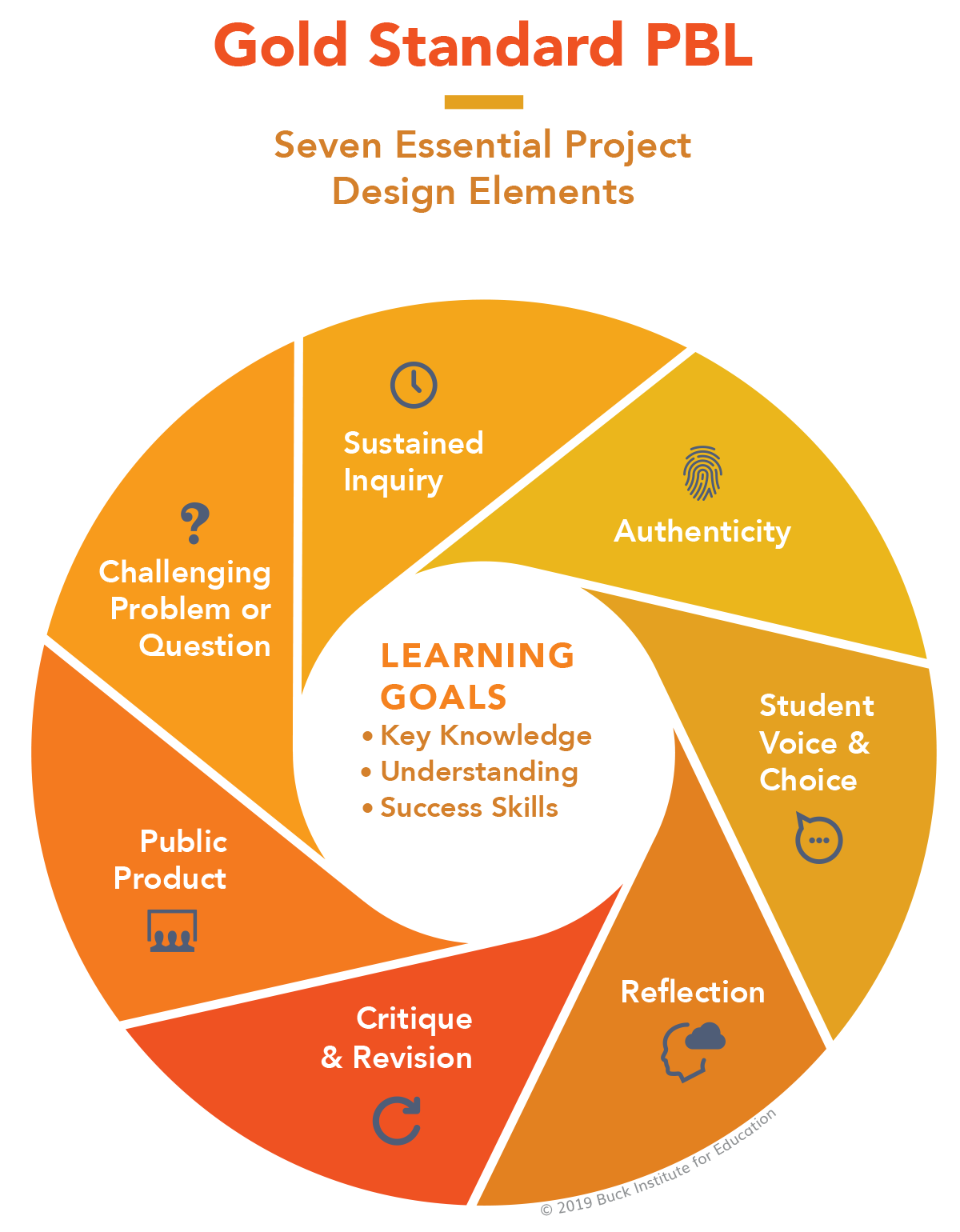
PBLWorks also has “Gold Standard PBL Teaching Strategies”.
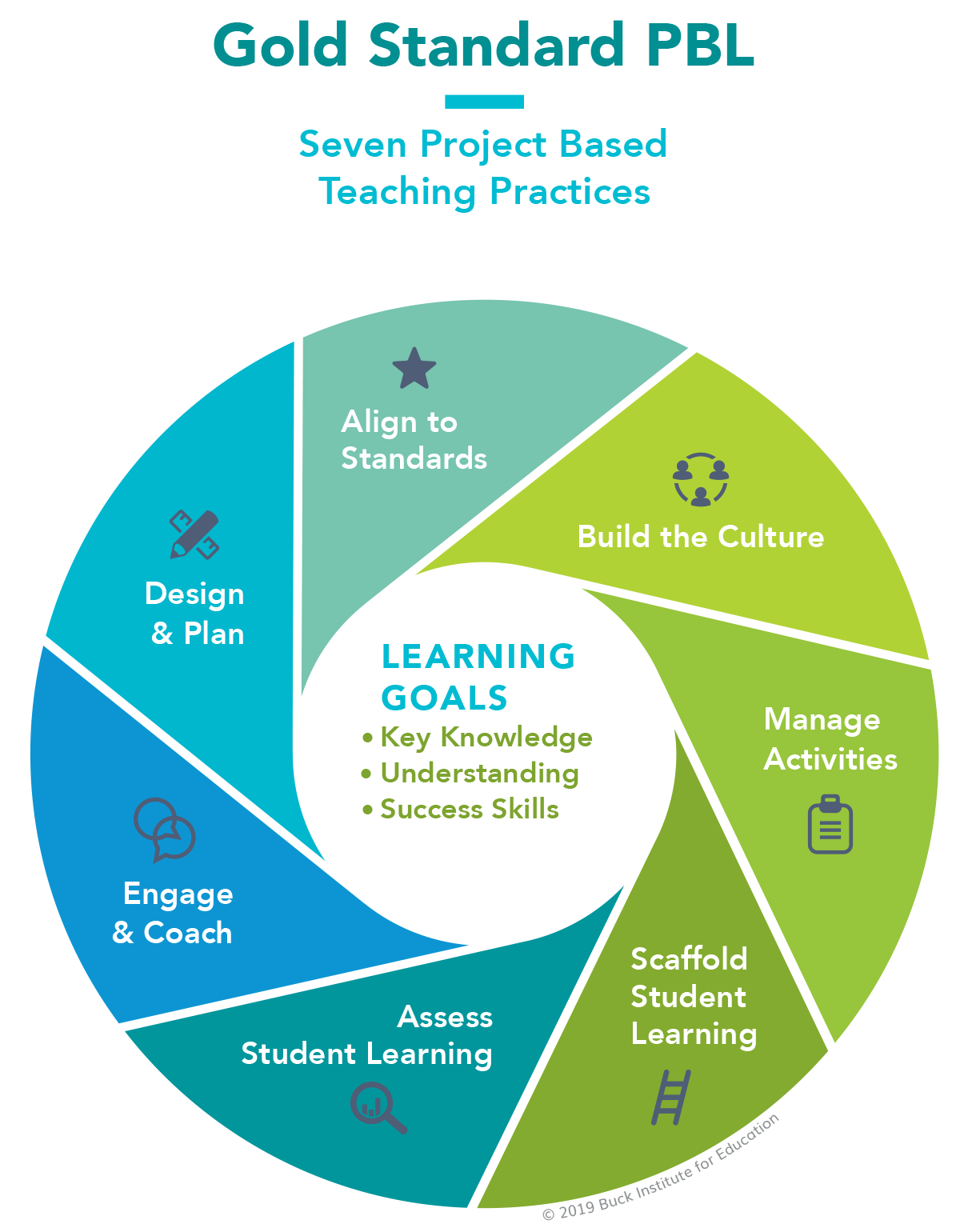
The Mozilla Web Literacy Framework is a tool for framing web literacy, from consuming information on the web, to writing and creating for the web, to participating in open communities.
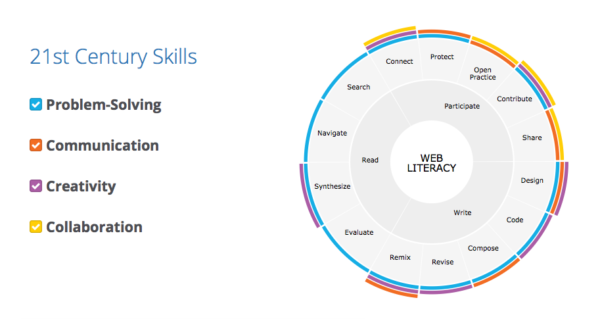
The Connected Learning Framework “combines personal interests, supportive relationships, and opportunities” and focuses on the intersection of interests, relationships, and opportunities.

TPaCK
The TPaCK model is a tool to identify the knowledge required by teachers to successfully integrate technology into their teaching. A successful lesson requires teachers to have knowledge of their content, knowledge of their pedagogy, and knowledge of the technology tool. A teacher’s knowledge may vary from lesson to lesson in these three areas which defines where they may need support.

The TPaCK framework is not an instructional design model. The CPR model is a different representation of TPaCK as an instructional design flow.
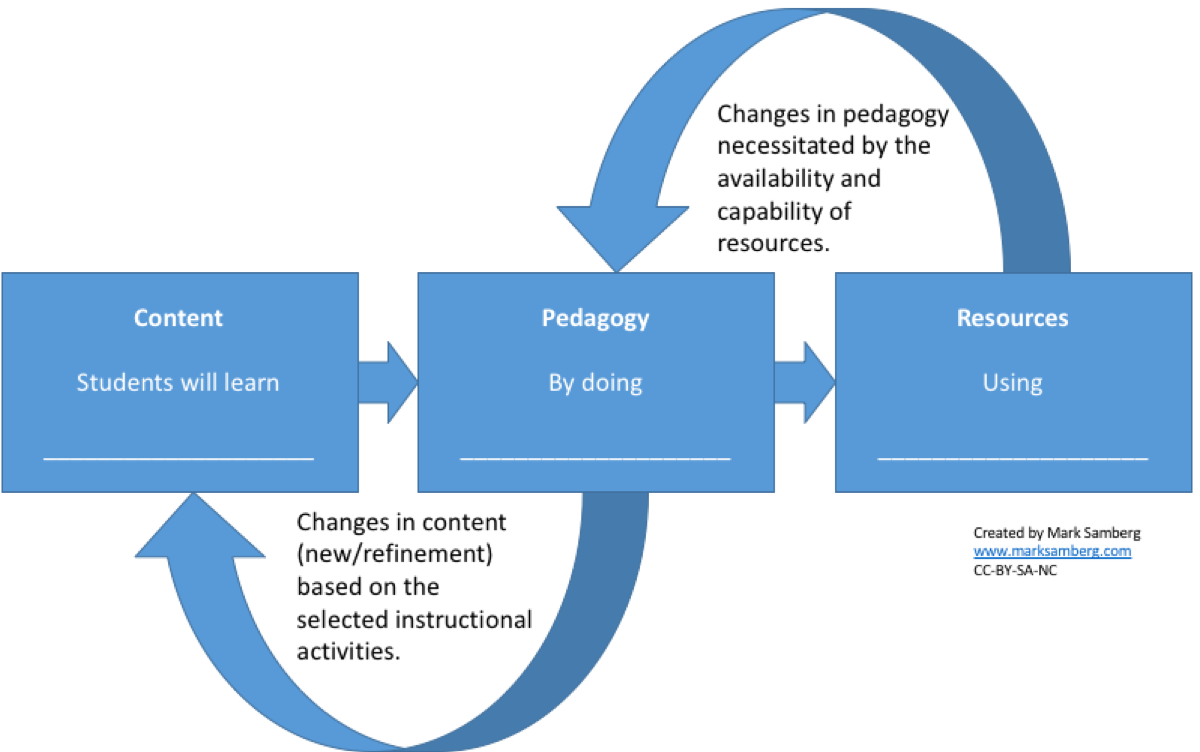
SAMR
SAMR is a taxonomy for lessons that stands for Substitution, Augmentation, Modification, and Redefinition. Substitution refers to the replacing of an analog tool for an identical technical tool whereas Redefinition defines completing tasks that would not be possible without technology. In practice, SAMR is not a good framework to use, as it does not address instructional quality, tool appropriateness, or the quality or purpose behind the technology integration. There is also a dearth of research to support the SAMR model.
